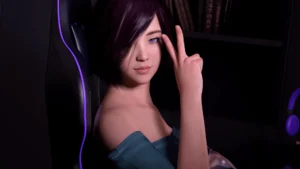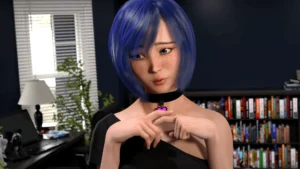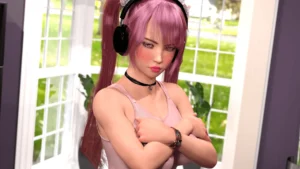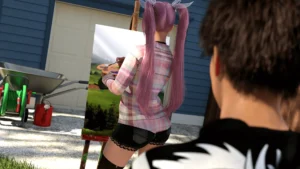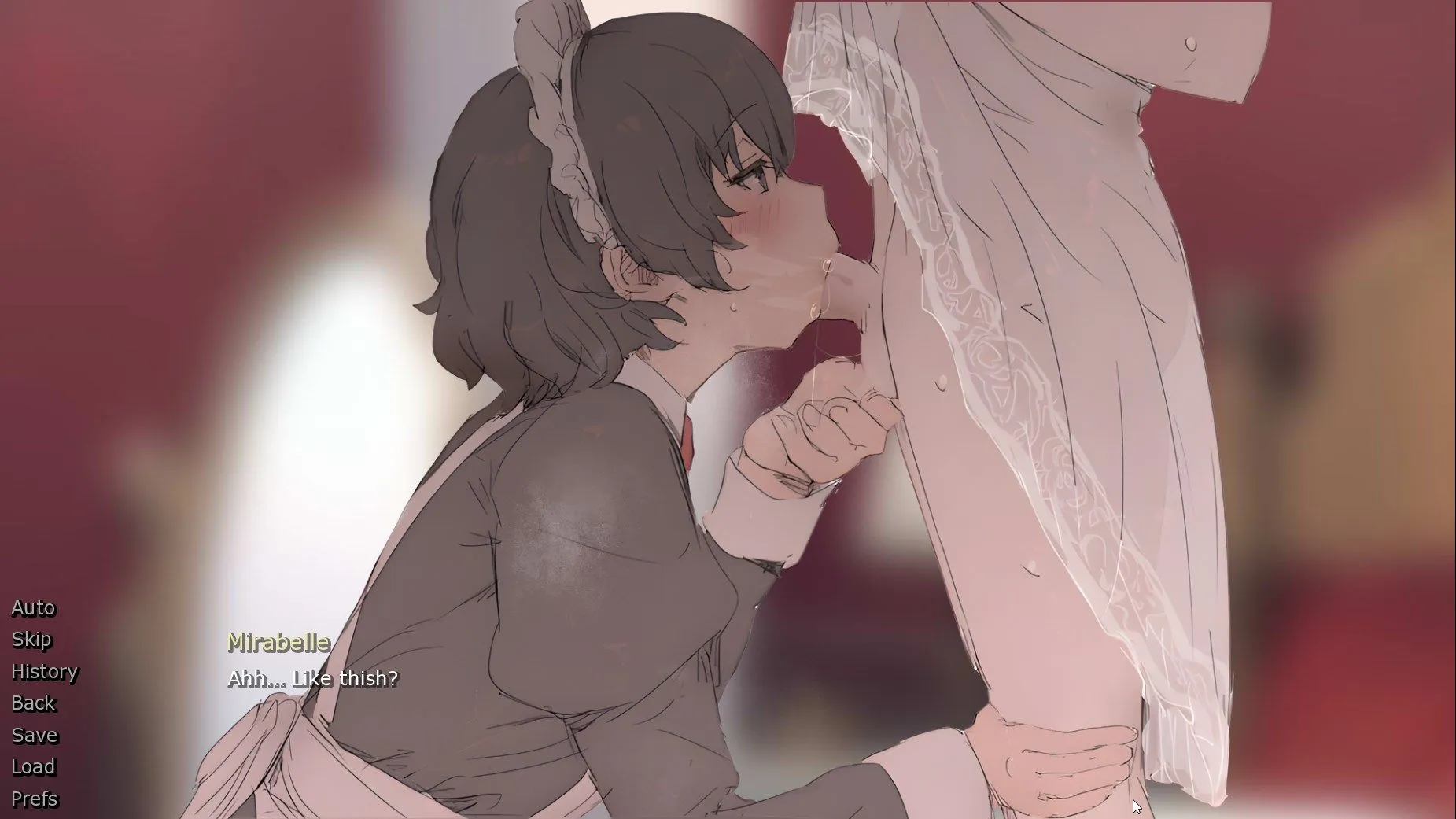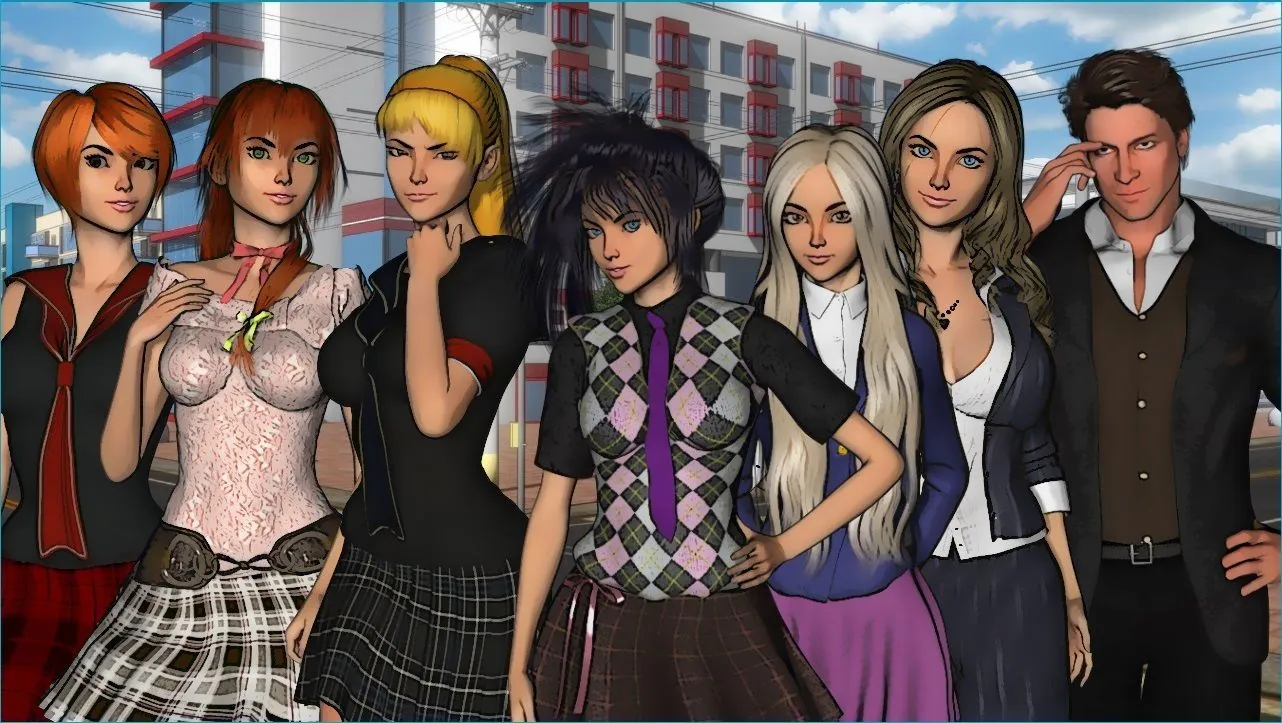
Play Sylphine
Sylphine review
Exploring the Features, Gameplay, and Appeal of Sylphine
Sylphine has carved out a distinctive niche in the gaming world, captivating players with its immersive gameplay and intricate design. This article delves into the core aspects of Sylphine, offering insights into what makes the game engaging and unique. Whether you’re a newcomer or a seasoned player, understanding Sylphine’s features and gameplay can enhance your experience and appreciation of this title.
Understanding Sylphine: Gameplay and Features
What is Sylphine and How Does It Work?
Picture this: You’re gliding through a neon-soaked forest where trees hum with bioluminescent energy, and your character isn’t just moving—they’re dancing with the wind. That was my first “whoa” moment with Sylphine, a game that redefines immersion by blending rhythmic motion with open-world exploration. At its core, Sylphine is an adventure-RPG where you play as a spirit guardian restoring balance to a fractured ecosystem. But calling it “just an RPG” feels like calling a symphony “just noise” 🎶—it undersells the magic.
The magic lies in its dynamic harmony system. Every action—whether summoning vines to cross chasms or calming corrupted creatures—syncs to an ever-present musical score. During my third playthrough, I accidentally discovered that sprinting in time with the bassline boosted my speed by 20%! This isn’t just background music; it’s a gameplay conductor. Your choices directly manipulate the environment: playing a lullaby melody might put aggressive beasts to sleep, while a percussive beat could shatter obstacles. It’s like the world breathes with you.
New players often ask me: “How to play Sylphine without feeling overwhelmed?” Start simple: follow the pulse. The game teaches mechanics through intuitive sound cues rather than tutorials. Hear a rising violin? That’s your cue to jump. A drumroll? Dodge incoming attacks. Pro tip: Wear headphones! 🎧 70% of Sylphine’s cues are auditory, making it accessible for colorblind gamers too—a genius touch I wish more devs embraced.
Key Gameplay Mechanics in Sylphine
Sylphine gameplay hinges on three pillars: Harmony, Growth, and Connection. Let’s break these down:
- Harmony Mechanics: Your actions build “Resonance Points” (RP) when timed to the soundtrack. Max out your RP meter, and you enter “Euphoria Mode”—a 15-second burst where abilities cost zero energy. I once chain-defeated six enemies in Euphoria by literally drumming on my controller! 🥁
- Growth System: Instead of XP, you collect “Echoes” from healed creatures. These unlock skill branches like Sonic Bloom (sound-based attacks) or Terra Chorus (environment manipulation). No grind—just exploration with purpose.
- Connection Loop: Every NPC has a “bond rhythm” mini-game. Success means deeper lore; failure? They’ll humiliate you with off-key singing. Trust me, failing a duet with a frog shaman is haunting 😂.
| Mechanic | Function | Player Impact |
|---|---|---|
| Rhythmic Combat | Attacks deal 2x damage when synced to beat | Encourages auditory focus over button-mashing |
| Echo Synthesis | Fuse collected Echoes to create custom abilities | Endless build variety—no two playthroughs alike |
| Dynamic Terrain | Environments shift based on musical key | Exploration requires adaptive strategy |
💡 Pro Tip: Struggling with boss battles? Hum their theme song! Mimicking melodies reveals weak points. I beat the Coral Titan by singing its own lament back at it—surreal and satisfying!
Mastering Sylphine game mechanics means listening as much as fighting. Early on, I ignored audio clues and got wrecked by a squirrel. True story. 🐿️ Now, I teach newcomers: “If the music swells, move.”
Unique Features That Set Sylphine Apart
What truly defines Sylphine unique aspects? Three words: player-conducted storytelling. While most RPGs offer dialogue trees, Sylphine lets you compose character arcs using musical phrases. Helping a grieving river spirit? Weave a hopeful melody instead of picking “Option B.” Your creation becomes their theme song forever—I still get chills hearing “my” ballad in-game.
The Sylphine customization system is equally revolutionary. Forget sliders—you sculpt your spirit guardian’s form using soundwaves! High-pitched tones elongate limbs; bass frequencies add armor density. My avatar looks like a jazz-saxophone giraffe, and I adore it 🎷. Even gear evolves: my “Whisper Cape” started plain but gained lace patterns as I used stealth abilities.
But the crown jewel? Shared Harmony. This co-op mode lets friends merge soundscapes to solve puzzles. My friend’s piano keys + my drumbeats = rainbow bridges materializing. It’s pure joy—like being in a band without the arguments over setlists! 👯
Ultimately, Sylphine player experience feels like therapy. After a stressful day, I’ll log in just to compose cloud-songs at sunset. The game doesn’t distract you from reality—it reconnects you to wonder. As one player told me: “It’s the first game that made me cry because something was beautiful, not sad.”
Final Advice for New Guardians:
– 🎚️ Adjust audio settings first—balance melody/effects at 60/40.
– 🌱 Experiment wildly: Try “useless” abilities. My vine-summon unlocked a secret area!
– 💞 Befriend everything: Even “hostile” creatures drop lore if you play their rhythm right.
Sylphine isn’t played—it’s felt. And once you sync to its heartbeat, other games just sound… off-key.
Sylphine stands out as a compelling title thanks to its engaging gameplay and distinctive features. Whether you’re exploring its mechanics or diving into its unique design elements, the game offers a rich experience that keeps players coming back. If you’re interested in a game that combines creativity with immersive interaction, Sylphine is definitely worth exploring. Dive in today and discover what makes this game truly special.


